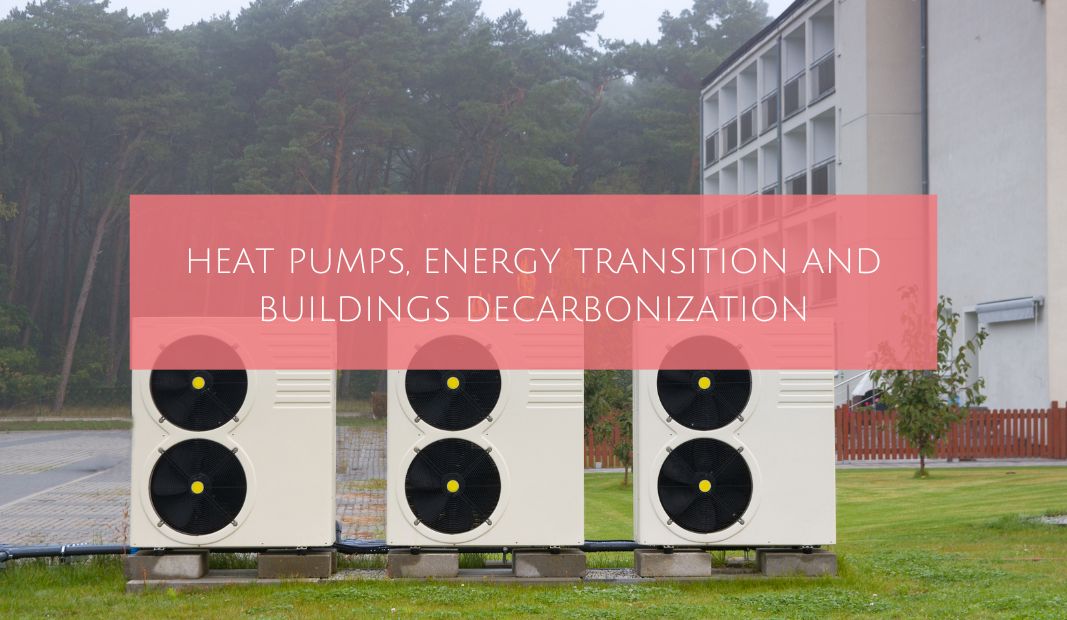 “Heat pumps are critical for the transition to clean energy and decarbonizing the building sector. They are efficient, cost-effective, low-carbon and have the potential to drive down emissions as well as energy bills.”
“Heat pumps are critical for the transition to clean energy and decarbonizing the building sector. They are efficient, cost-effective, low-carbon and have the potential to drive down emissions as well as energy bills.”
– Dr. Richard Lowes, Senior Associate, The Regulatory Assistance Project (RAP)
In the midst of mounting energy and environmental crises, the need for smart and innovative solutions has never been more pressing. Against this backdrop, heat pumps hold a transformative potential for clean energy, according to Dr Richard Lowes, a specialist in energy policy and technology and Senior Associate with the Regulatory Assistance Project (RAP).
“Heat pumps represent a revolutionary approach to clean heating,” Dr. Lowes said. “Their exceptional efficiency, coupled with natural energy sources, can fundamentally reshape the energy landscape for heating.”
So why are heat pumps so revolutionary?
Heat pumps use existing heat from the environment to heat up a building and they are vastly more efficient, cheaper to run and less polluting than other forms of heating, Dr. Lowes explained.
“Heat pumps triple energy output compared to direct electric heating. So your bills get reduced by two-thirds. And you are also reducing carbon emissions by two-thirds compared to electric heating.”
The way they’re able to do this is by using existing heat sources from the environment – such as air, underground, and bodies of water like rivers, lakes, etc.
“When you need heating, you can burn something like fossil fuels or what we call combustion technologies, which then leads to higher carbon emissions. Or you could use solar energy or electricity. But even if you use electricity from renewable sources directly, the efficiency is low. If you put in 1 unit of electricity, you’ll get 1 unit of heat. And electricity tends to be more expensive than fossil fuels. So your energy bills skyrocket.”
“But the heat pump takes in loads of heat from the environment, compresses it and then gives out heat that is usable in a building. What makes them so efficient is that they are taking energy and compressing it rather than converting it.”
He said heat pumps could also work in reverse – by blowing out the hot air from a building and effectively cooling it.
“Reversible air-to-air systems can produce space cooling as well as heating. As cooling demand grows, there is therefore potential for the growth in demand for cooling to organically grow the use of these reversible air-to-air systems for heating.”
RAP supports policymakers make the best decisions
Dr. Lowes heads RAP’s International and Europe heat pump project. He believes that there is now more acceptance of the importance of heat pumps in energy transition globally by various organizations, especially the International Energy Agency and many global governments.
“The recent energy crisis in Europe has also led to a further bolstered interest in the heat pumps. RAP works with policymakers and regulators as a trusted advisor, free of industrial interests, to support them to make the best energy decisions.
“We support governments with our expertise from around the world with tools that may have been used elsewhere or tools that they can bring to the policy discussion to meet their energy efficiency or clean energy targets.”
RAP had worked with GBPN and Collaborative Labeling and Appliance Standards Program (CLASP) in 2022 to research and publish a policy toolkit for global mass heat pump deployment. The aim of the toolkit is to arm policymakers and other stakeholders with a suite of tools that can be used to promote heat pumps. Dr. Lowes said an updated version of the tool would be published in the next phase of the project.
“The tool will be augmented with information and new technologies; what’s happening in interesting parts of the world with respect to heat pumps,” he said.
“The project will be working to create more awareness at the global level among key decision makers about the critical nature of heat pumps in meeting climate goals. We are also working with European countries for faster and better adoption of heat pumps. The key is to tailor and apply the toolkit to the country’s specific needs.”
Dr. Lowes also co-chairs the Clean Heat Forum international policy network, adding, “We share best practices for heat pumps through forums like these.”
“It is through collaborative forums that we can all work collectively to support policymakers to achieve climate goals.”
RAP, CLASP and GBPN are members of the CRUX Alliance.
Share This Story, Choose Your Platform!
Stay in touch with how we’re transforming the buildings sector
GBPN runs innovative building policy reform programs in key regions around the world that aim to tackle the climate emergency by decarbonising the buildings sector. Stay up to date with our newsletter.
Stay in touch with how we’re transforming the buildings sector
GBPN runs innovative building policy reform programs in key regions around the world that aim to tackle the climate emergency by decarbonising the buildings sector. Stay up to date with our newsletter.





